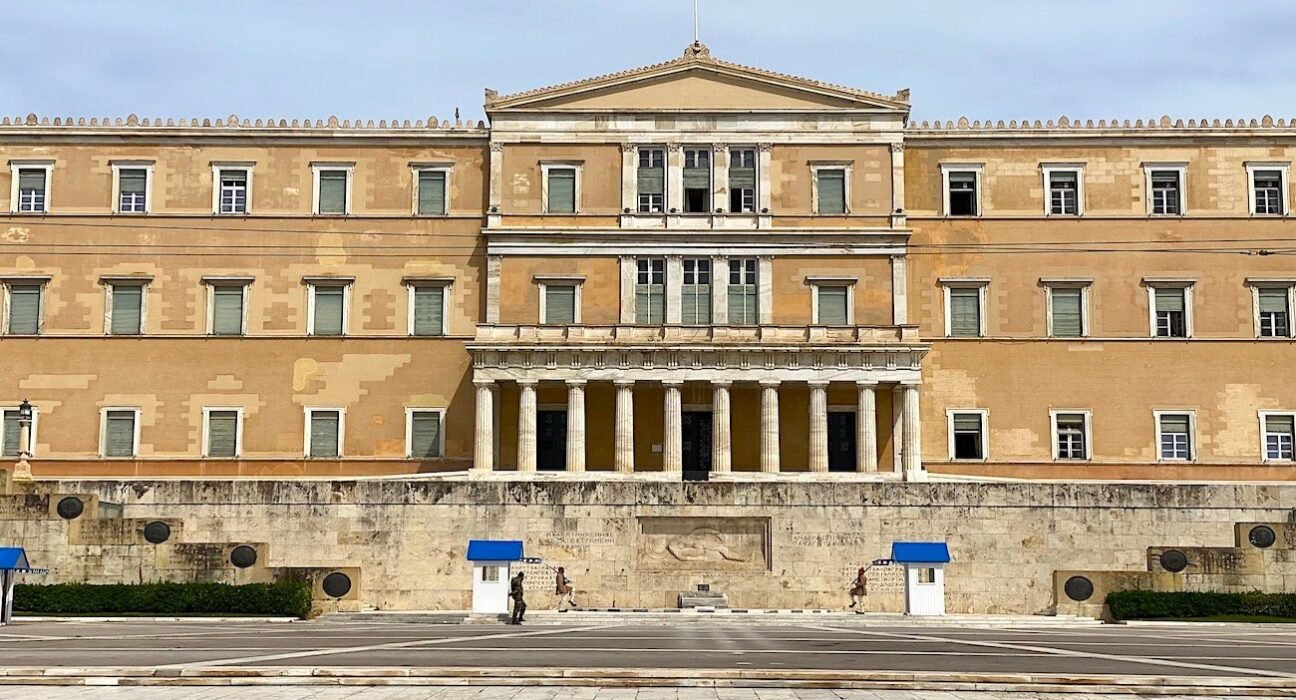by Philip Chrysopoulos
The history of Syntagma Square in Athens is literally the modern history of the city itself and the central point for visitors in the Greek capital.
Syntagma Square and—three quarters of a mile to the north—Omonoia Square, are completely intertwined with the history of the city and Greece in general from the King Otto reign (1832-1862) until today.
Syntagma (Constitution) has always been the promenade square of the city and was the gathering point for the cream of Athenian society in the late 19th and early 20th century.
Omonoia (Concord) Square, although initially of a bourgeois nature with luxurious cafes and nightclubs where partiers and bohemian types would gather, later became the hangout of provincials, loafers, laborers, and today, migrants.
Syntagma Square is also the starting point for the main sightseeing in Athens as most of the city’s landmarks are less than a mile away. Acropolis, Plaka. the Roman Agora, the Temple of Olympian Zeus and others are within walking distance.
History of Syntagma Square
Syntagma Square is the central square of Athens and the second largest in Greece, after Spianada Square in Corfu, and is included in the list of the 100 largest squares in the world.
It is delimited by Amalias and Vassileos Georgiou Avenue, and Stadiou and Othonos Streets. The numbering of the streets of Athens is based on Syntagma Square with each street number starting from there and even numbers on the right.
The history of Syntagma Square in Athens begins in the early 1830s, when the population of the city was about 7,000, and the area where the square stands was called Perivolakia. When the palace of King Otto was set to be built there, it was named Palace Square.
You can read the rest of the article here
